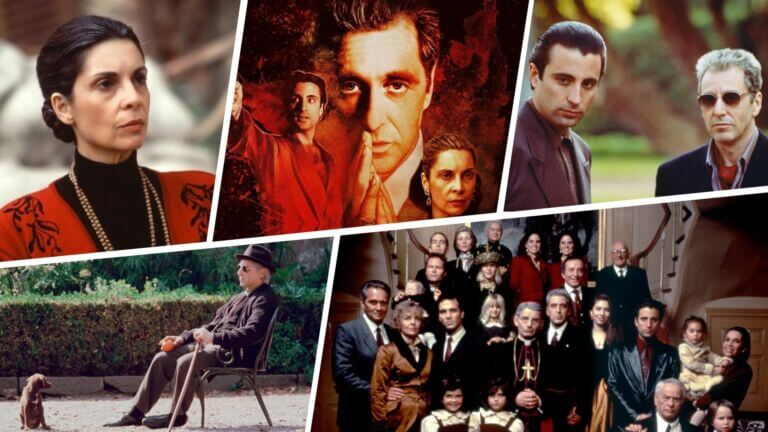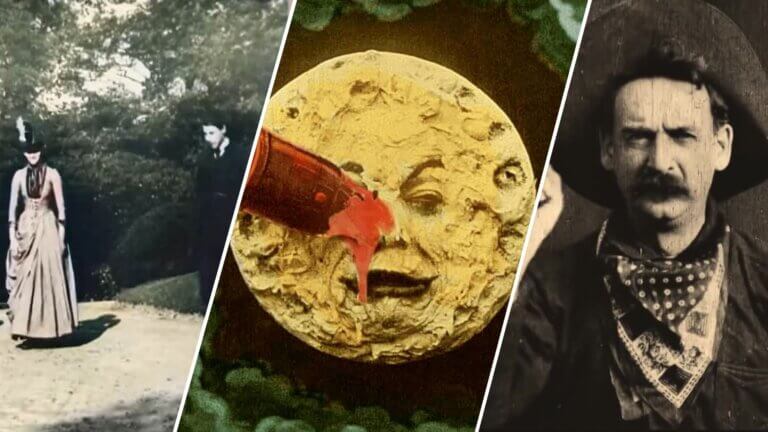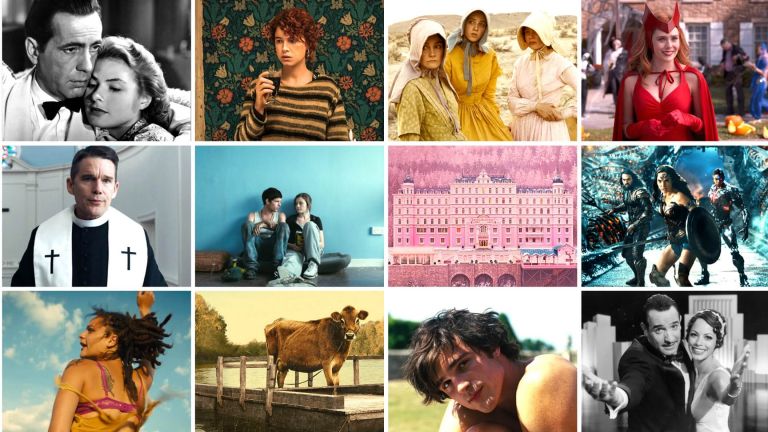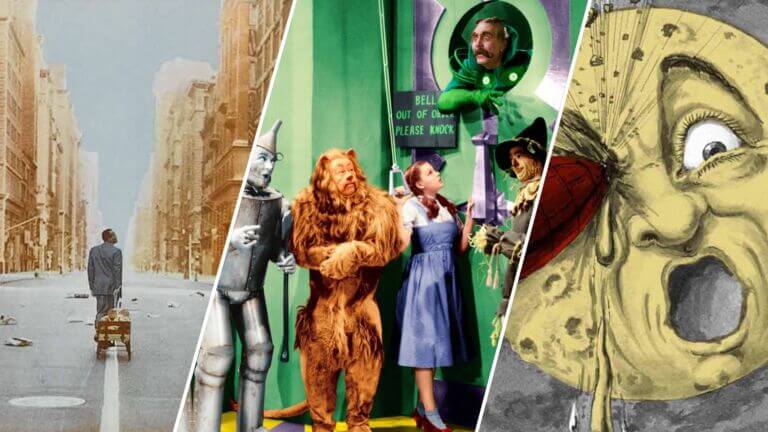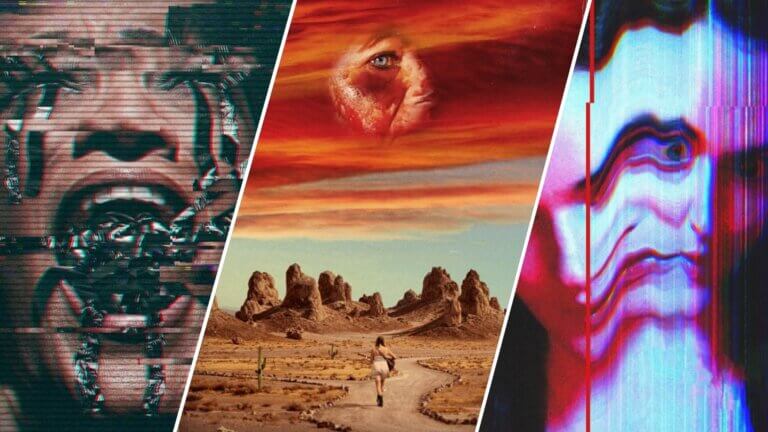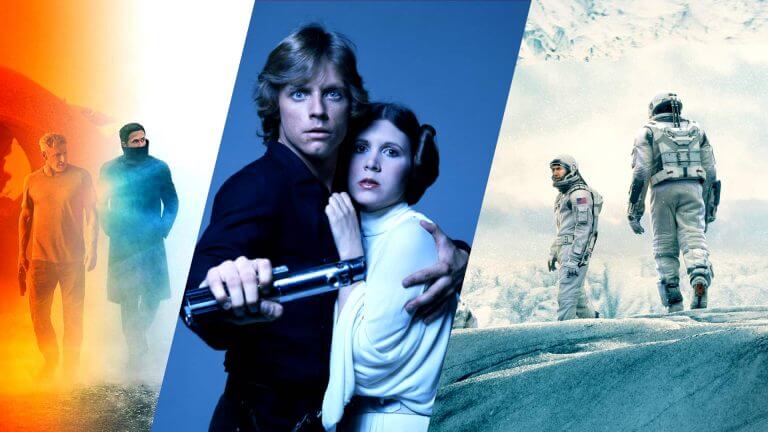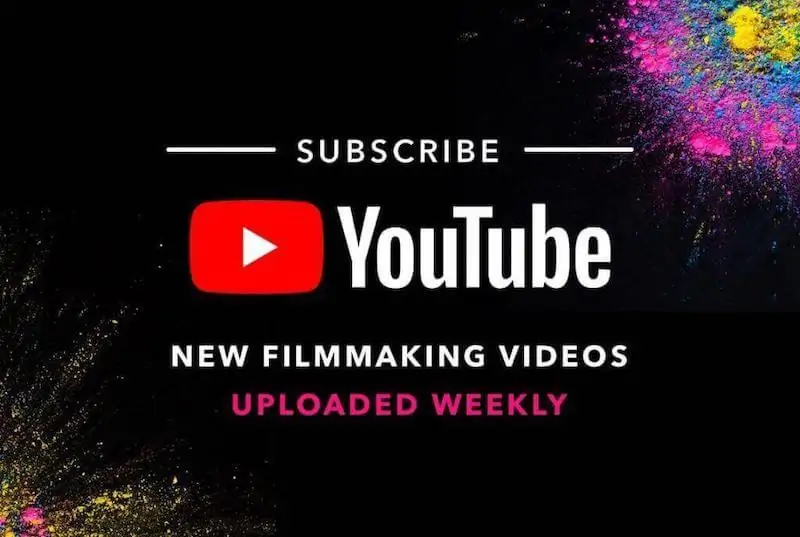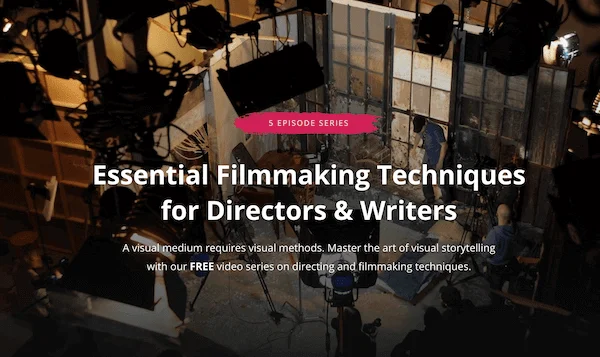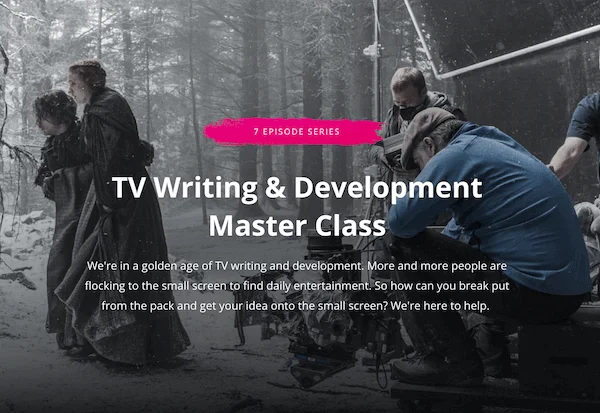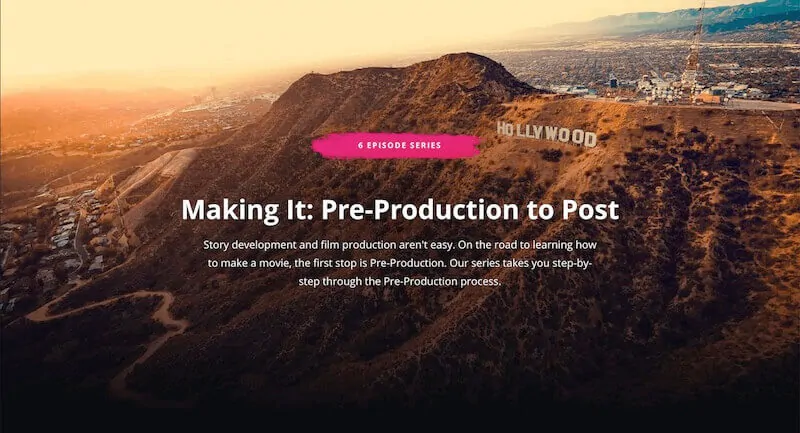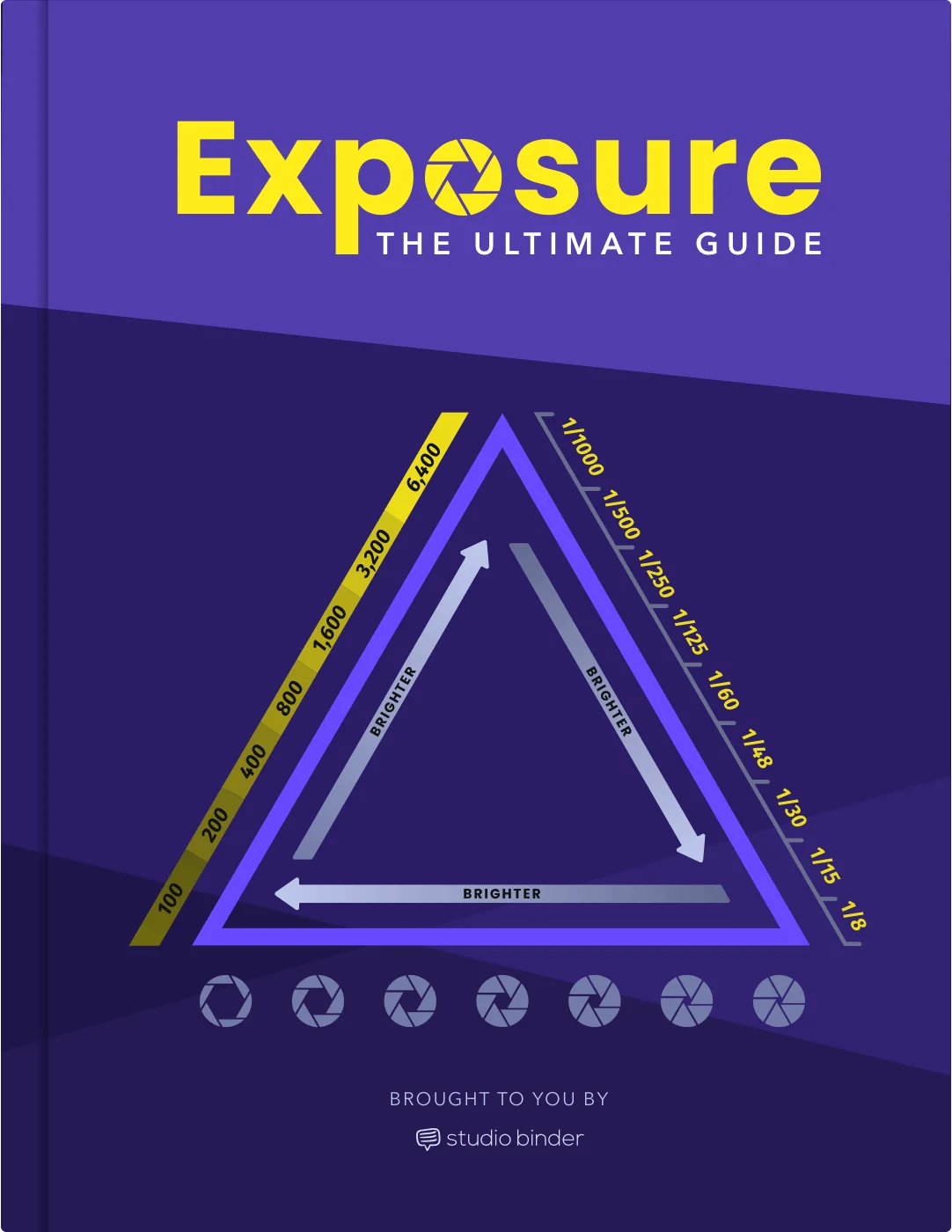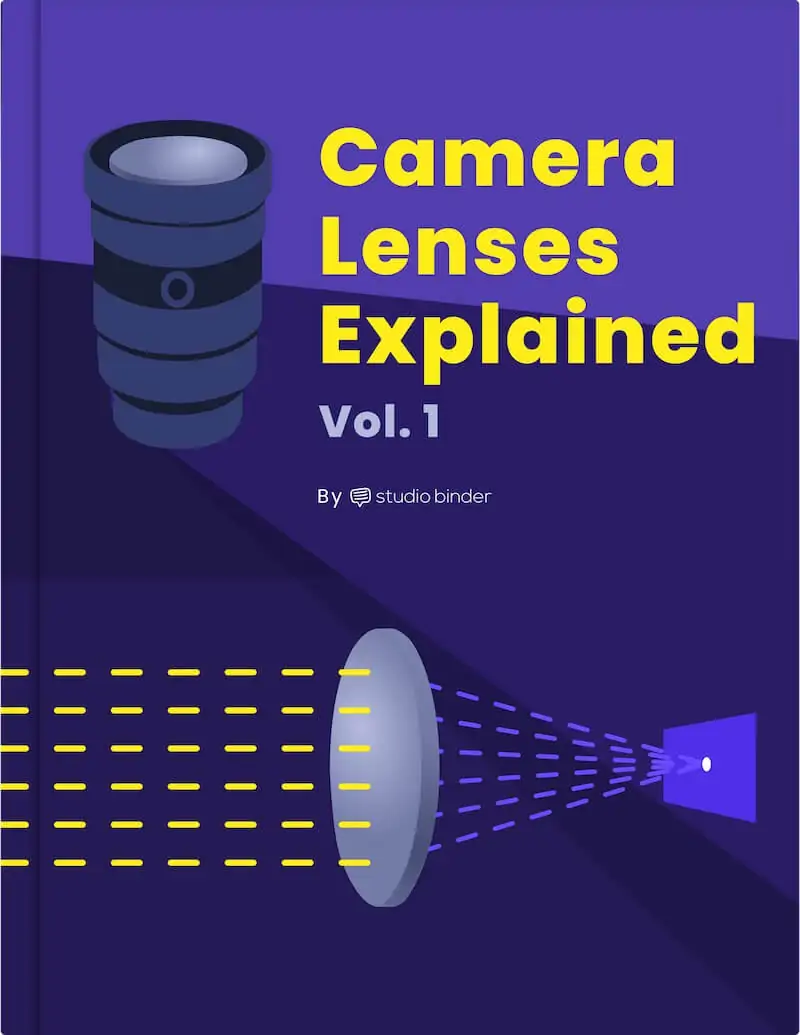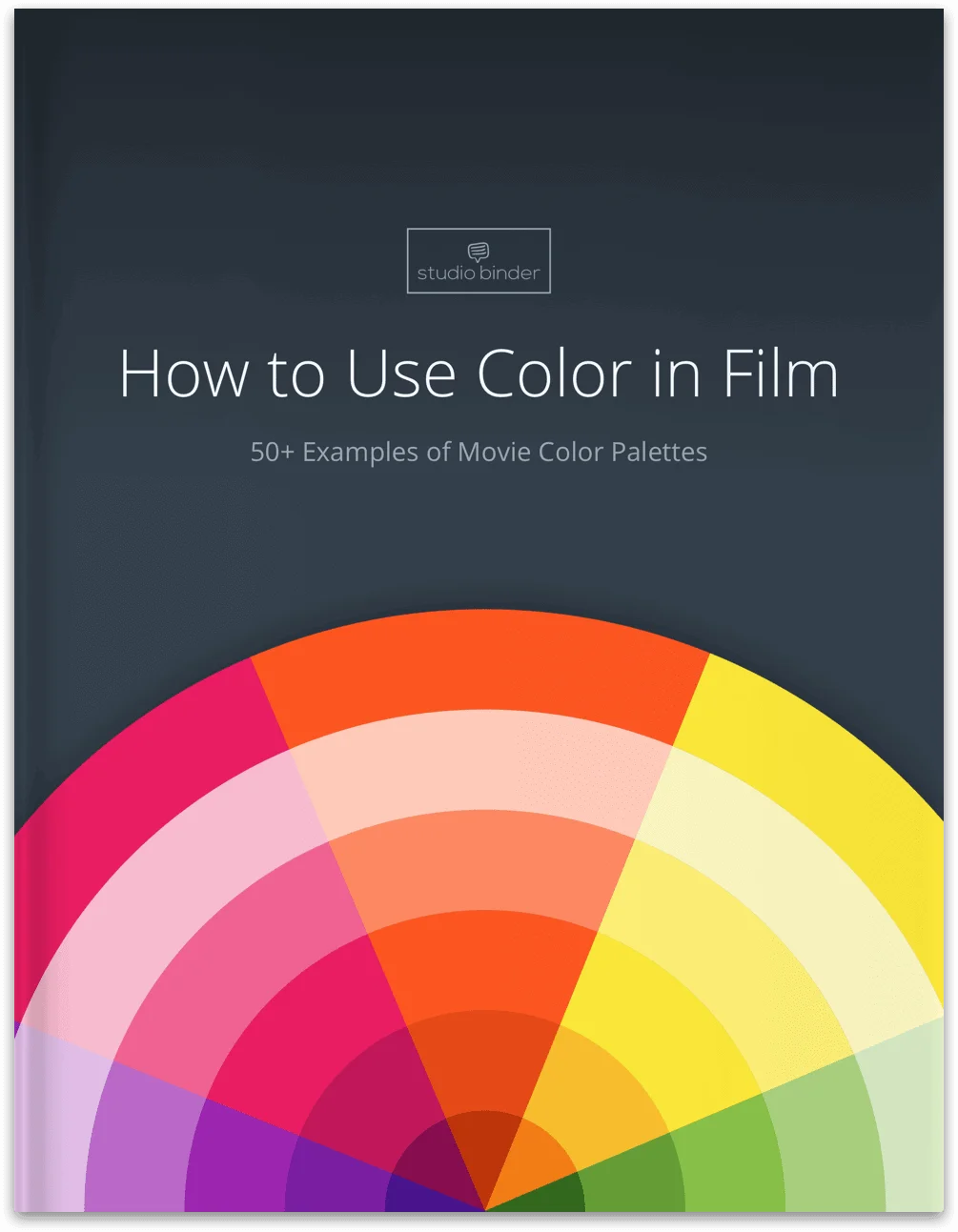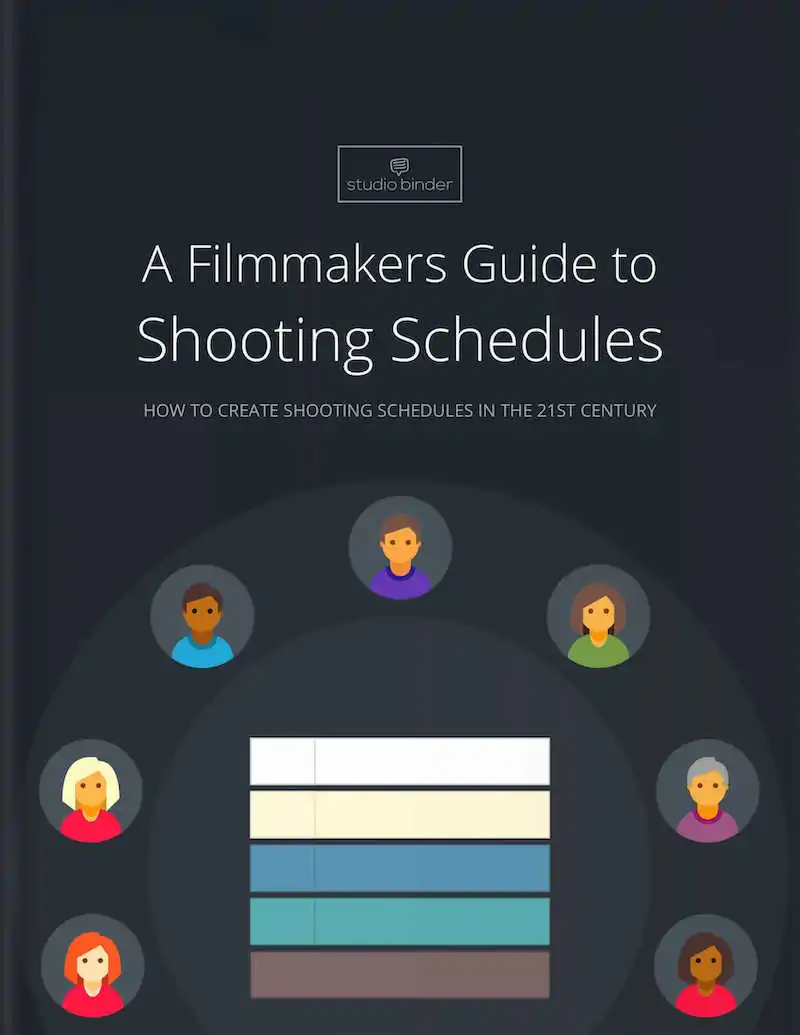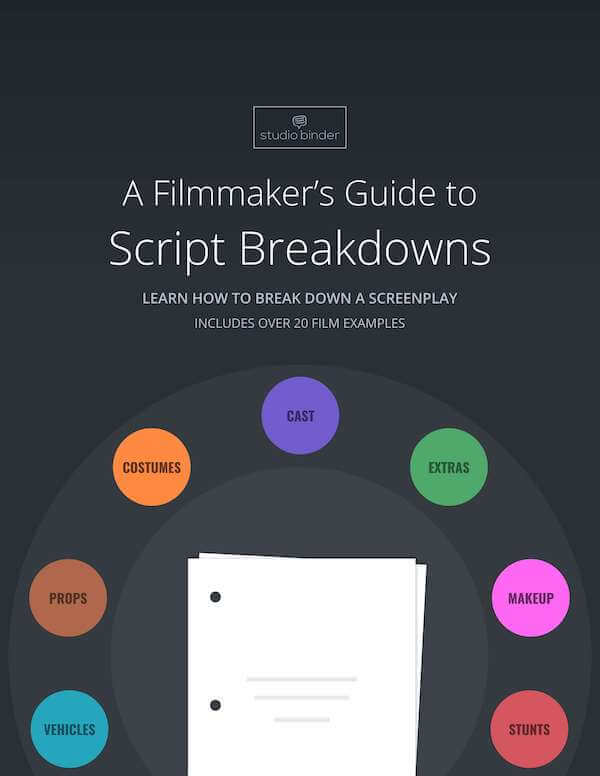It’s always good to go into a creative endeavor with a plan. Whether it’s for a music video, ad campaign, or short film, a storyboard can be extremely useful. Storyboards help you outline your vision and understand how you’ll go about creating your project. But many creators still ask, “How do you create a storyboard that’s both clear and compelling?” Never used a storyboard before? You might be wondering, “How do I make a storyboard that works?” Fear not. In this post, we’ll look at how to make a storyboard for video, why you should, and the elements you should…
Planning a shoot can be scary. There are countless moving parts and decisions you have to make– and the same goes for being on set. So any way you can make your life easier during the process can be vital. This is where shot lists come in. In this post, we’ll look at how to make a shot list and why it’s important to have. Continue reading How to Make a Shot List in 8 Steps — Process Explained
In 1990, Francis Ford Coppola released the third installment in the universally acclaimed Godfather series: The Godfather Part III. But unlike its predecessors, The Godfather Part III was anything but universally acclaimed. In late 2020, Ford Coppola released a recut version of The Godfather Part III, titled The Godfather Coda The Death of Michael Corleone. We’re going to look at what we can learn from The Godfather Coda by comparing it to the original cut. We’re going to analyze pacing, audio enhancements, and structural differences with the intent of better understanding the final chapter in the Corleone crime family.Continue reading The…
At one point or another, we’ve all asked the question: what was the first movie ever made? Was it the one with the train robbery? Was it the one where the moon had a face? Both The Great Train Robbery (1903) and A Trip to the Moon (1902) were early examples of movies, but neither was the first one. We’re going to answer the ever-so-elusive question to “what was the first movie ever made?” by placing it in historical context. By the end, you’ll know what the first movie ever made was and some fun facts about the early years…
Long ago, when all television screens and computer monitors looked alike, they shared the same aspect ratio of 4 by 3. It dominated the way early cinema and television looked, but it was not meant to last. In the 21st century, new and emerging technology has resulted in more aspect ratios, like 16:9, leaving 4:3 as somewhat of a relic. But what is 4:3 aspect ratio, how did it get started, and why has it started popping up again in some movies? Continue reading What is 4:3 Aspect Ratio — And Why Do Filmmakers Still Use It?
One of the biggest misconceptions about cinematic history is that color was first introduced to movies around the 1930s. While this is true for specific color processes, filmmakers were attempting to incorporate color into their films as early as the first few decades of motion pictures. What was the first color movie and how did they implement color into film long before the Technicolor’s revolutionary process? What was Technicolor’s revolutionary process? Who is Technicolor? Don’t worry, we’ll dive into all of these questions and more in this article.Continue reading What Was the First Color Movie? — It’s Not What You Think…
Analog horror, an intriguing sub-genre that harks back to a bygone era, has been increasingly prevalent in the horror scene. Fusing elements of nostalgia, suspense, and eeriness, it presents a unique exploration of fear through a retro lens. But what is analog horror and how does it distinguish itself from other subgenres of horror? How does it use elements from the past to evoke fear? Continue reading What is Analog Horror — History and Examples Explained
Have you ever noticed how some artworks seem to move or flow? This is achieved through the use of rhythm. Rhythm in art is a powerful tool that can draw viewers into an artwork and create a sense of harmony and connection. In this article, we will explore the meaning of rhythm in art, how it can be achieved through visual and auditory elements, and provide some examples of its application. Join us as we take a closer look at rhythm in art.Continue reading What is Rhythm in Art — Principles, Types & Techniques
Here at StudioBinder, we’ve written extensively about auteurs in the field of film. We’ve discussed artists like Martin Scorsese, Christopher Nolan, and David Fincher at length. And then, there’s Michael Bay. Love him or hate him, his films have influenced the filmmaking world. His 360 shot and his unique editing strategies have impacted filmmakers young and old alike. For this list, we’re counting down the best Michael Bay films of all time, and yes, there are some pretty good ones. Let’s dive into it. Continue reading Michael Bay’s Best Movies, Ranked from Worst to Best
It’s no easy task cutting down a list of the best Sci-Fi movies of all time to just 25, as Sci-Fi has been on the bleeding edge of storytelling since the beginning of time. Although some Sci-Fi stories have parabolic elements of warning, most do so with optimistic intentions. Those that don’t typically are more dystopian. As such, dystopian movies have their own place in cinema history, and therefore are mostly excluded from this list.So boot up your hyperdrive and set your phasers to stun as we rank the greatest Sci-Fi movies of all time!Continue reading 25 Best Sci-Fi Movies…


